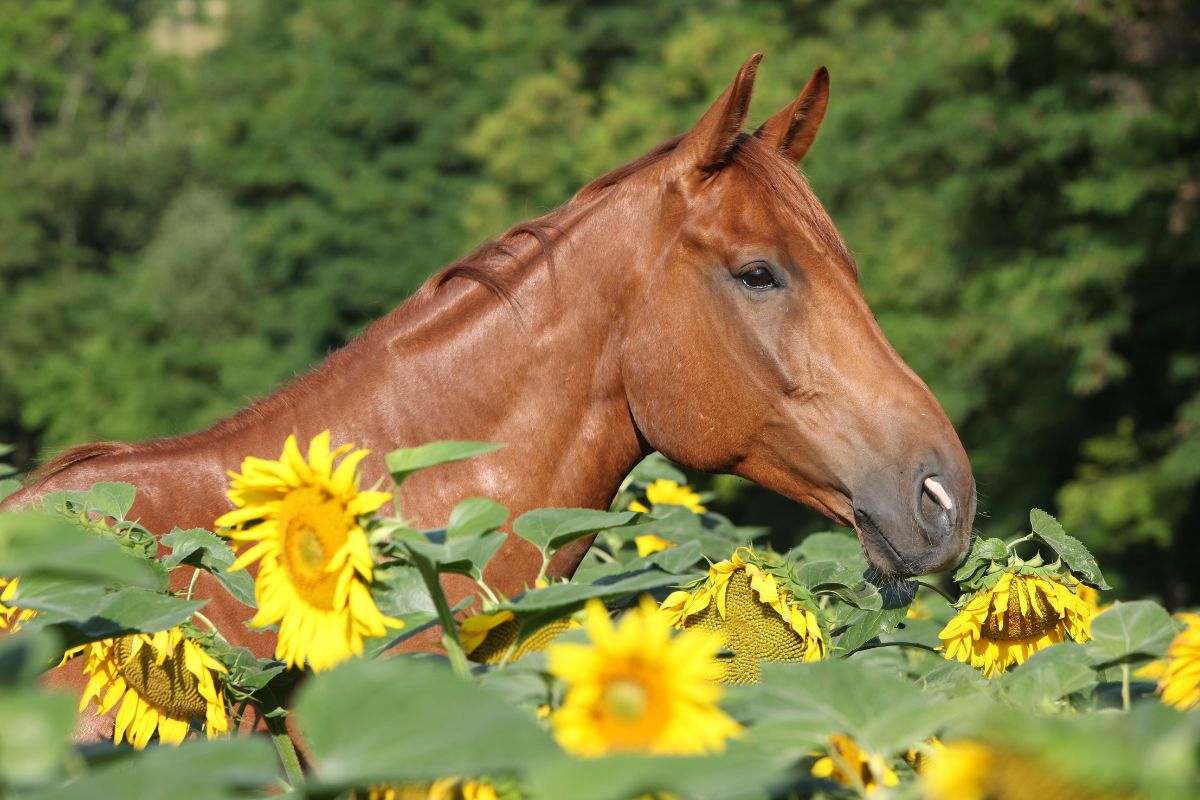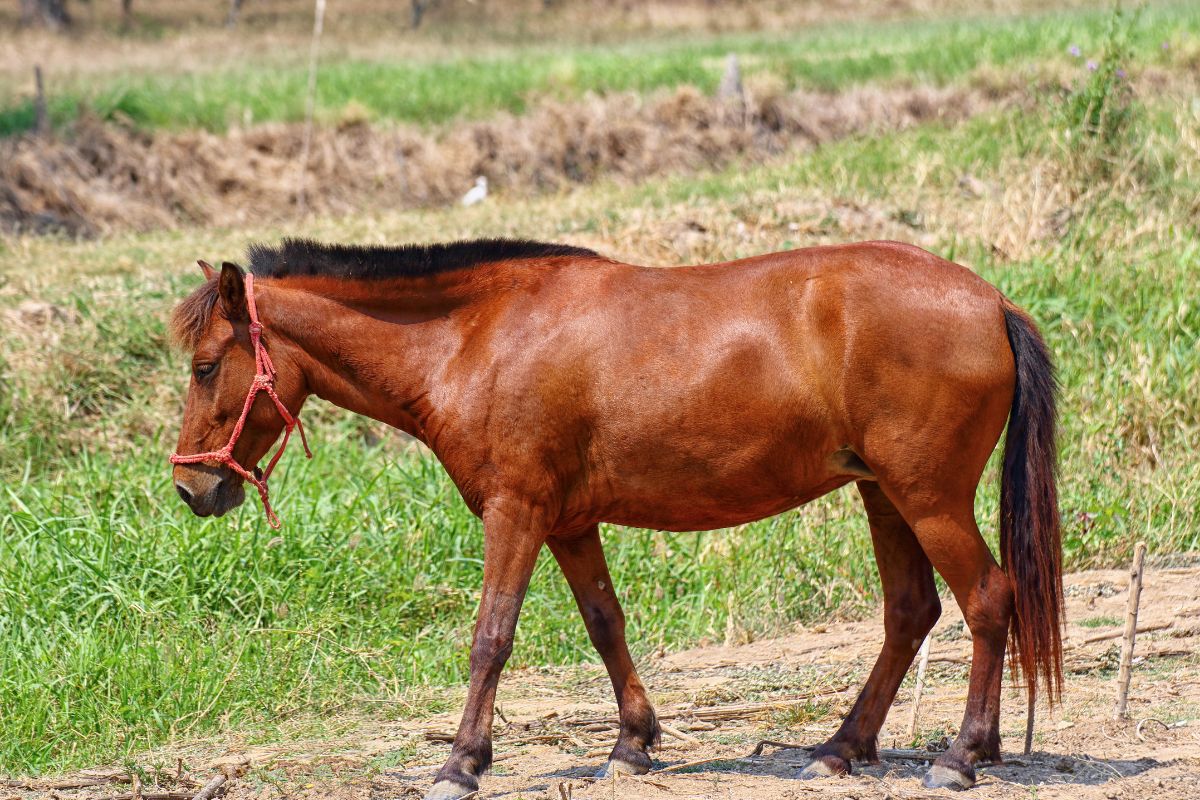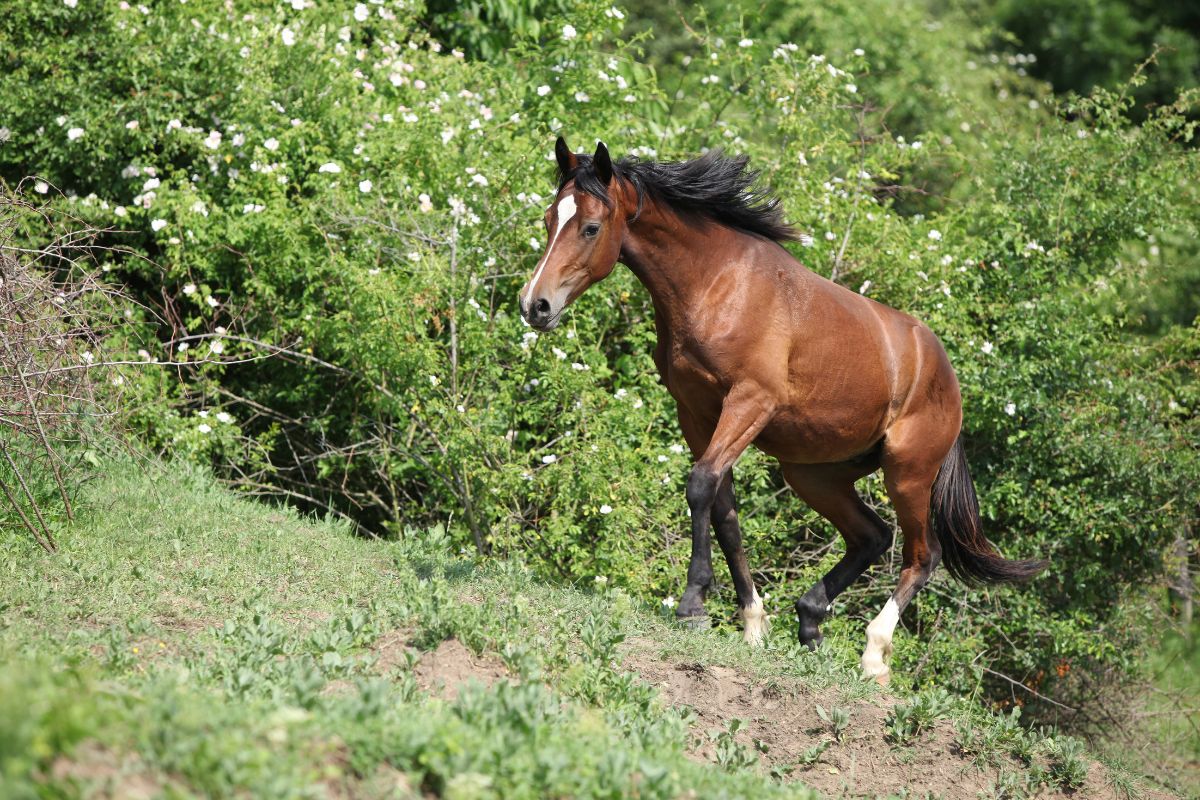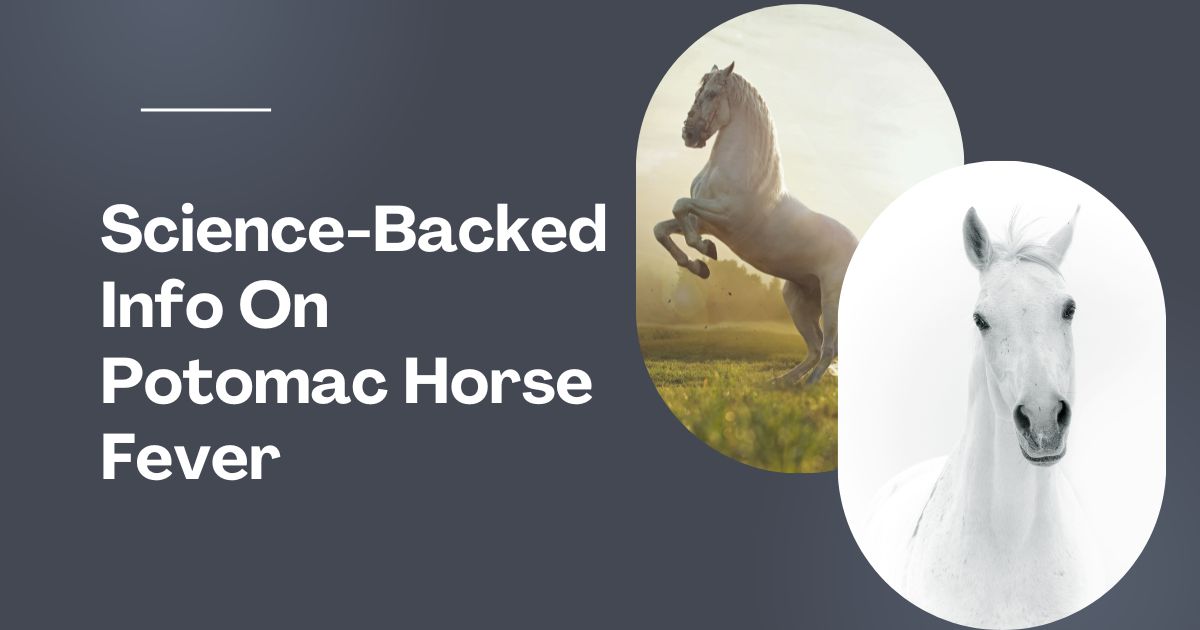Areas Affected by Potomac Horse Fever
Potomac Horse Fever (PHF) is an acute enterocolitis syndrome caused by Neorickettsia risticii. Clinical cases in endemic areas occur near pastures alongside bodies of water, including lakes, rivers, or creeks.
When reviewing the geographic distribution of Potomac Horse Fever, map locations include the Northeastern and Midwest regions of the United States and Canada. Areas reporting PCR-confirmed cases include California, Illinois, Indiana, Kentucky, Maryland, Michigan, New Jersey, New York, Ohio, Oregon, Pennsylvania, Texas, and Virginia.

The Potomac Horse Fever Vaccine
The PHF commercial vaccine is an inactivated whole-cell vaccine that includes a killed, adjuvanted product based on the same strain of Neorickettsia risticii. The vaccine aims to prevent or decrease morbidity but does not prevent abortion.
The low effectiveness of Potomac Horse Fever vaccination remains challenging for horse owners due to the rickettsia’s high variability in surface antigens, low incidence of seroconversion, and lack of cross-protection between field strains.
Potomac Horse Fever vaccines reportedly protect three-quarters of horses experimentally infected with the disease, but field trials show less favorable morbidity rates. The transmission of PHS is oral ingestion, and the vaccine does not offer antibody protection at the oral exposure site.
Most PHF cases occur from late June to September. The seasonal anticipated challenge peak determines the vaccine schedule for PHF.
Scheduled vaccine suggestions according to the American Association of Equine Practitioners:
- Foals: Clinical disease in young foals rarely occurs due to passive immunity from maternal antibodies. Foal vaccination recommendations include two doses, one at five months and another three to four weeks later.
- Adult horses without prior vaccinations: Naive adult horses require two vaccinations with a three to four-week booster interval. Horses in endemic regions require booster vaccinations every three to four months due to short-lived or incomplete immunity.
- Adults horses with prior vaccinations: Horses with existing immunity require annual booster vaccinations in spring before the expected rickettsial challenge peak.
Vaccine administration to pregnant mares is off-label. Discussing a vaccination schedule with a vet before breeding a mare or moving a pregnant mare into an endemic PHF region is best.
The basic guide to vaccinating pregnant mares includes the following:
- Pregnant mares that are unvaccinated: These mares need two doses administered with a three to four-week booster interval. Owners should schedule one dose four to six weeks before foaling.
- Vaccinated pregnant mares: A single annual vaccination is the minimum dose required. Owners should schedule one dose four to six weeks before foaling.

Predisposing Causes of PHF
The gram-negative obligate intracellular bacterium Neorickettsia risticii is the cause of PHF. The bacteria have a high affinity for monocytes, a type of white blood cell found in the bloodstream and tissues.
Endemic regions are areas where Potomac Fever in horses occurs frequently. Cases in these areas mainly happen during the mid-to-late summer months or autumn near pastures with large bodies of water.
Water expanses host the vectors that transmit N. risticii. Vectors include various life stages of caddisflies, mayflies, damselflies, dragonflies, and freshwater snails. Horses ingest the insects that carry the neorickettsia. The incubation period is ten to eighteen days. The enterocytes become infected and cause acute colitis.
The life cycle of N. risticii is a complex interaction between trematodes, intermediate insect hosts, and mammals. The neorickettsia-infected trematodes (virgulate cercariae) infect freshwater snails that release infected cercariae. The cercariae develop into metacercariae in the second intermediate host, the aquatic insects listed above.
PHF does not commonly occur in horses under a year of age due to passive immunity. All breeds and age groups are at risk for infection if unvaccinated or in high-risk areas. Pregnant mares are immunocompromised and spontaneous abortions may occur when infected with PHF.
Outbreaks do not often occur, and cases are usually sporadic. Horses showing clinical symptoms are not infectious, so isolation from other unaffected horses is not necessary.
Stable and pasture management plays a significant role in the exposure of horses to PHF. Light sources may attract caddisflies or mayflies, increasing exposure risk. Uncovered feed bins open to the elements may also draw vectors and lead to indirect ingestion and exposure to PHF.
Clinical Findings and Diagnosis
The clinical presentation of PHF ranges from mild depression, decreased appetite, fever, mild colic, diarrhea, and abortions in pregnant mares.
In endemic areas during the summer to fall months, a horse fever of around 102°-107°F (38.9°–41.7°C) needs investigation by a vet. If the fever is followed by moderate to severe diarrhea within 24-48 hours, then the condition is highly suspicious of PHF, but the symptoms are very similar to Salmonellosis. Diarrhea often creates mild abdominal discomfort and colic.
The blood results of a horse with PHF vary, but notable low white blood cell counts often occur with decreased numbers of neutrophils and lymphocytes. Horses also show increased red blood cell and serum protein concentrations. Diarrhea also causes electrolyte depletion of sodium, potassium, and chloride. Prerenal azotemia develops with severe dehydration.
Enterocolitis may lead to the development of laminitis if left untreated. PHF-associated laminitis carries a poor prognosis as it is often severe and refractory to treatment.
Treating PHF requires early intervention to prevent the illness from escalating. Most horses respond well to treatment within twelve hours and recover within three days. Treatment given by vets include:
- Fluid therapy to correct electrolyte and fluid imbalances.
- Anti-inflammatory medication to alleviate the fever.
- Oxytetracycline injections twice daily for five days.
- Cryotherapy to prevent laminitis.
Pregnant mares contracting PHF have a high risk of abortion, even several months after infection. The abortions also carry the risk of placentitis or retained placenta, so owners must call a vet in case the mare does abort.
Some vets provisionally diagnose PHF according to the disease’s symptoms, season, and endemic status. A definitive diagnosis of PHF in horses requires a blood or stool sample that isolates or identifies N risticii through a PCR assay. Cell culture isolation is not a routine test and is challenging to interpret and not readily available at most diagnostic laboratories.
Preventing Potomac Fever in Equines
There are over fourteen strains of N. risticii, presenting a considerable variation in antigenic and genomic heterogeneity not covered by the vaccine’s single strain. The shortfalls of the vaccine mean that owners must implement a combination of immunization, stable and pasture management to prevent PHF.
Steps to take to prevent PHF include:
- Install screens in stables to minimize insect movement in stables.
- Install blue lights in barns or turn off barn lights at night to avoid attracting too many insects.
- Cover and regularly clean feed bins to reduce insect contamination of feed sources.
- Vaccinate horses according to the appropriate vaccination schedule in endemic areas or if moving a horse into an endemic area.
- Avoid including pastures near bodies of water in grazing rotations during summer and autumn.
- Closely monitor horses in endemic areas for any PHF symptoms during summer and autumn to ensure early intervention.

Parting Words
Potomac Horse Fever occurs sporadically in endemic areas, and the clinical symptoms and seasonal occurrence are the main clues for owners and vets treating horses with fevers.
Stable and pasture management are the best ways to mitigate the exposure risk, so stable managers need to consider seasonal PHF protocols in endemic areas. Although vaccination is partially effective, it is still the best way to decrease morbidity. The best action is early intervention when owners suspect a horse has PHF.
